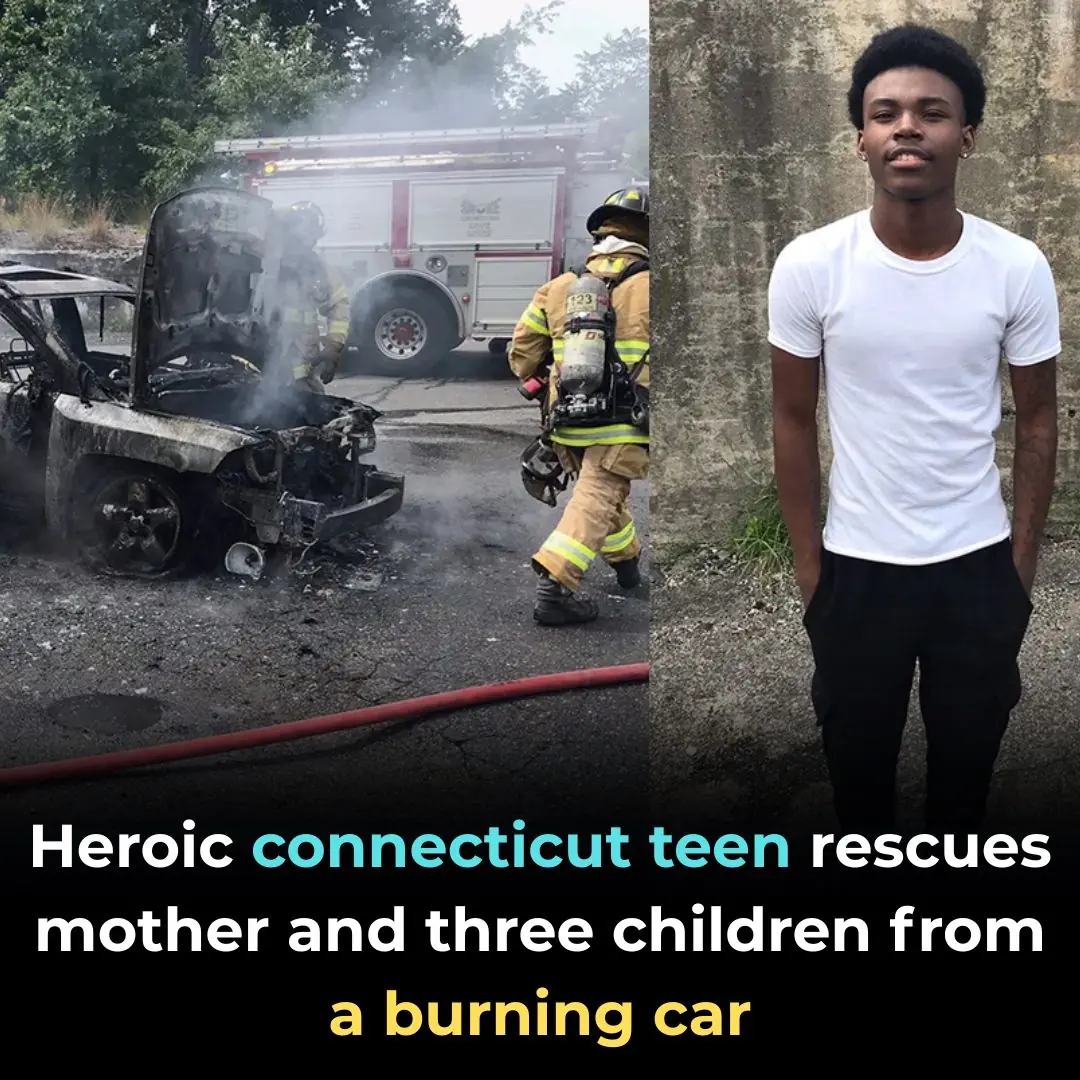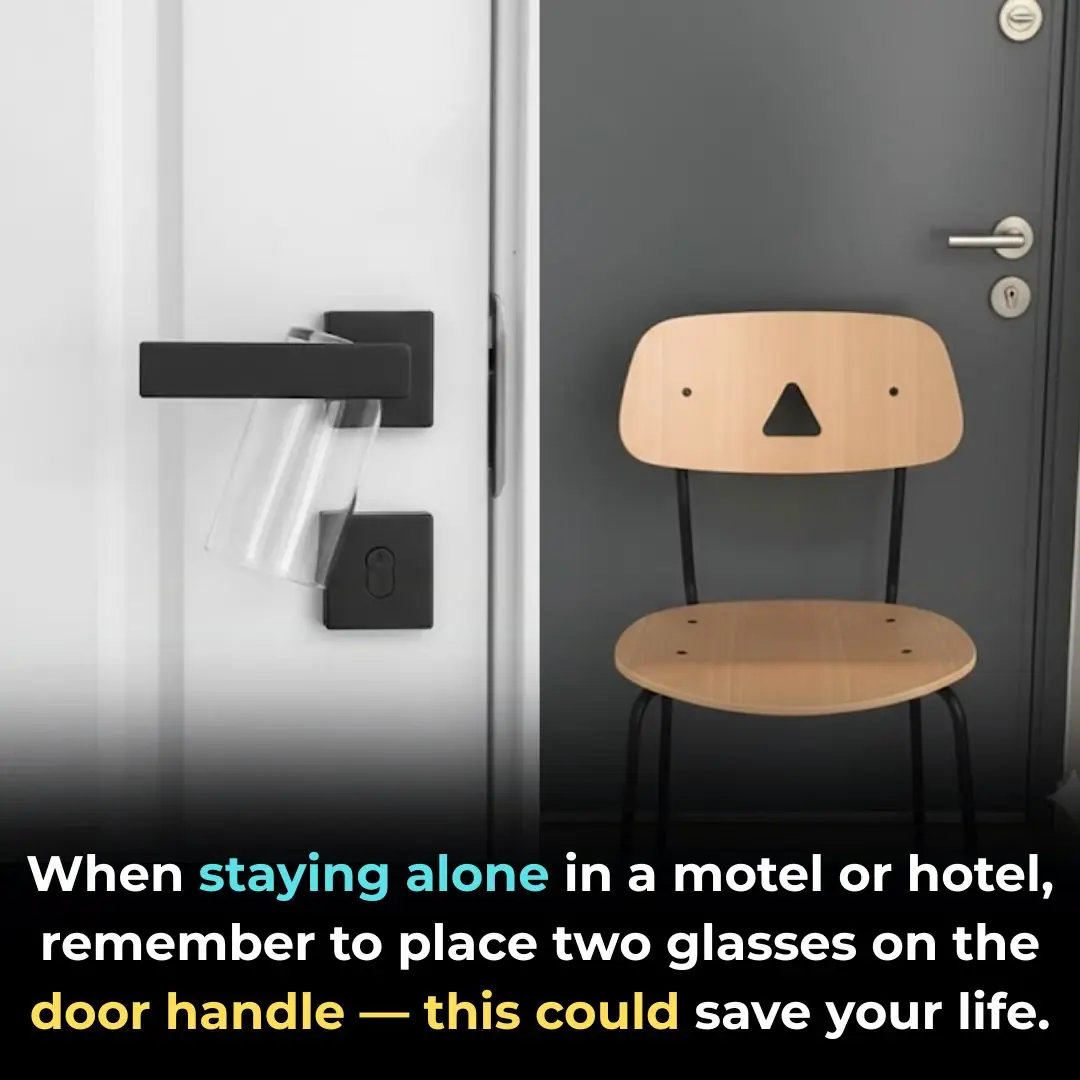
15 Things You Should Never Do During a Thunderstorm
The best way to stay safe during thunderstorm season is to avoid being outdoors when lightning is present. Especially during peak storm months, always check the weather forecast before planning outdoor activities, and have a backup plan ready in case of sudden storms.
However, staying indoors doesn’t automatically guarantee safety. According to the U.S. National Weather Service (NWS), nearly one-third of lightning-related injuries occur indoors (source: NOAA Lightning Safety).
To protect yourself and your family, here are 15 important things you should never do during a thunderstorm:
1. Don’t Take a Shower or Bath
Never bathe or shower during a thunderstorm. If lightning strikes nearby, the electrical current can travel through plumbing and water pipes, posing a risk of electric shock (source: CDC Lightning Safety).
2. Don’t Sit or Lean Against Concrete Walls or Floors
Concrete structures are usually reinforced with metal bars or wire mesh — both excellent conductors of electricity. Avoid touching or leaning against concrete surfaces during a storm.
3. Don’t Use a Landline Telephone
While mobile phones are generally safe (if not charging), corded phones are not. Lightning can travel through telephone lines and strike the person holding the receiver.
4. Don’t Stay Outdoors
If you’re caught outside, seek shelter in a fully enclosed building or a metal-roofed vehicle. Do not stand in open fields, near trees, or under isolated shelters. If no protection is available, crouch low with minimal contact with the ground.
5. Don’t Gather in Groups
If you’re outdoors with others, spread out at least 4–5 meters apart. Staying too close increases the risk of multiple people being struck simultaneously.
6. Don’t Stand Under Trees
Trees are natural lightning targets. Standing beneath them can be deadly — humans are better conductors than wood, so lightning can jump from the tree to you.
7. Don’t Stand Near Windows
Stay away from windows and doors during a thunderstorm. Many frames contain metal components that can conduct electricity, and strong winds may shatter glass and send debris flying.
8. Don’t Charge or Use Plugged-In Electronics
Unplug computers, TVs, and other electronic devices when thunderstorms are expected. Power surges from nearby lightning strikes can damage appliances or cause fires (source: NFPA Lightning Protection Guide).
9. Don’t Lie Flat on the Ground
Avoid lying down to make yourself “lower.” When lightning strikes the ground, electrical current can travel across the surface for more than 30 meters. Crouch instead, minimizing ground contact.
10. Don’t Wash Dishes or Handle Running Water
Like bathing, dishwashing can be dangerous because lightning can travel through metal pipes and faucets, causing electrical injuries.
11. Don’t Use Electric Appliances
Avoid using irons, hairdryers, blenders, or any appliance plugged into an outlet. Lightning-induced power surges can travel through wiring and cause serious harm.
12. Don’t Do Laundry
Washing machines and dryers contain both metal and water — perfect conductors for electricity. Stay away from them during a storm.
13. Don’t Swim or Be Near Water
Water is a powerful conductor. Even being near pools, lakes, or beaches during a thunderstorm is extremely dangerous. The American Red Cross recommends the “30–30 rule”: if you see lightning and hear thunder within 30 seconds, seek shelter immediately, and stay inside for 30 minutes after the last thunderclap (source: Red Cross Lightning Safety).
14. Don’t Shelter in Open Structures
Avoid gazebos, picnic shelters, or any open-sided structures. These do not provide real protection from lightning. If possible, get inside a fully enclosed car or building.
15. Don’t Go Outside Immediately After the Last Thunderclap
Wait at least 30 minutes after the final thunder sound before resuming outdoor activities. Lightning can strike even after a storm seems to have passed — sometimes as far as 15 km away from rainfall areas (source: NOAA Lightning Facts).
⚠️ Final Advice
Lightning is one of nature’s most unpredictable forces. A single bolt can heat the air to five times hotter than the surface of the sun and strike faster than you can blink. The safest strategy? “When thunder roars, go indoors.” And once inside, follow these 15 tips to ensure you and your loved ones stay safe.
News in the same category


Apply This Simple Mixture — Even the Dullest Knives Will Become Razor-Sharp and Sparkling Clean

The Tiny Hole at the End of a Nail Clipper Has a Special Purpose — Most People Never Knew

Natural Tricks to Clean Rusty, Greasy Gas Stoves — Make Them Shine Like New

The Coffee-Drinking Habit That Cancer ‘Loves’: Why You Should Never Make This Mistake

8 Surprising Things You Can Do With Leftover or Expired Beer — You’ll Never Throw It Away Again!

Smart Ways to Fade Freckles and Reveal a More Even, Radiant Skin Tone

Everyday Emergencies: Small First-Aid Tricks That Could Save a Life

GTA 6 price set to soar for country of 130M people ahead of May 2026 release

Shaq’s Son Shaqir Pulls a $130K Stunt at Dad’s Expense. Here’s What He Did

14-Year-Old Texas Teen Follows In Older Sister’s Footsteps Of Graduating College Early

Heroic Connecticut Teen Rescues Mother and Three Children From A Burning Car

Black-Owned Social Platform ‘SPILL’ Launches Equity Crowdfunding Round for Users

11-Year-Old Uses Money From Lemonade Stand To Donate 22,000 Diapers To Single Mothers

This 102-Year-Old WWII Veteran Just Crossed Skydiving Off Her Bucket List

8-Year-Old Choreographs His Own Ballet Recital After His Was Cancelled

8 Little Miracles Starting from One Drop of Balm (Menthol/Oil) — Many People Have It but Don’t Know How to Use It

Place Two Cups at Your Hotel Door — It Brings a Special Benefit Everyone Should Try

Don’t Use a Whetstone! Try This Simple Trick to Make Your Dull Scissors Sharp as New
News Post

The Vietnamese Diet Habit That’s Damaging the Liver: A Silent Path Toward Fatty Liver, Cirrhosis, and Even Cancer

Apply This Simple Mixture — Even the Dullest Knives Will Become Razor-Sharp and Sparkling Clean

The Tiny Hole at the End of a Nail Clipper Has a Special Purpose — Most People Never Knew

Natural Tricks to Clean Rusty, Greasy Gas Stoves — Make Them Shine Like New

The Coffee-Drinking Habit That Cancer ‘Loves’: Why You Should Never Make This Mistake

8 Surprising Things You Can Do With Leftover or Expired Beer — You’ll Never Throw It Away Again!

Clear the apartment, I am the new wife of your husband, I will live here!” — a woman grinned and announced to me on the doorstep.

My husband called me poor in front of the guests, but he didn’t know something.

Your parents won’t be attending the wedding,” said the future mother-in-law to the bride.

Your wife stole my necklace!” – Mother-in-law shouted. “She’s a thief! I’ll have her locked up!

My salary is spent by me, Elena Viktorovna, and your son has a separate budget!” – the daughter-in-law retorted to her mother-in-law.

— They’re not my children,” screeched the aghast husband. “Lada, they’re… dark-skinned! Who did you pick them up from?

Decided to seduce the second son, too?” the mother-in-law screamed (upon discovering her daughter-in-law’s high-heeled shoes).

— So, sweetie, you’ll sell the summer house, give me the money, and I’ll pay off your husband’s debt, declared the mother-in-law as she looked at her daughter-in-law.

Having learned from the doctor that her mother-in-law’s discharge had been postponed for a week, the wealthy man’s wife sensed something was amiss and pleaded with the nurse to keep an eye on her husband…

Pack your things and get out!” declared Timur to his wife, though he had overlooked one detail

A Heartbreaking Goodbye: Remembering Beeper’s Final Journey

A Mother’s Battle: Fighting Cancer With a Newborn in Her Arms
